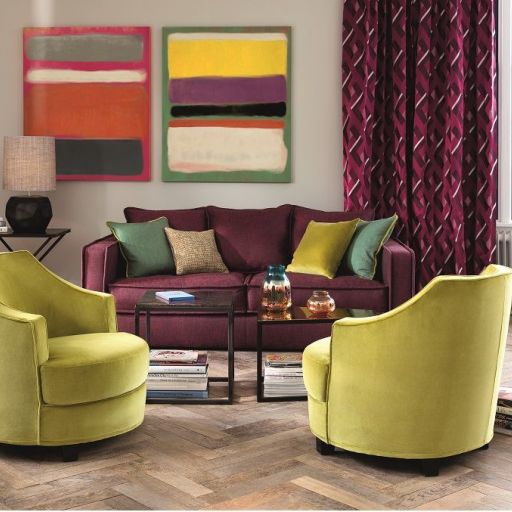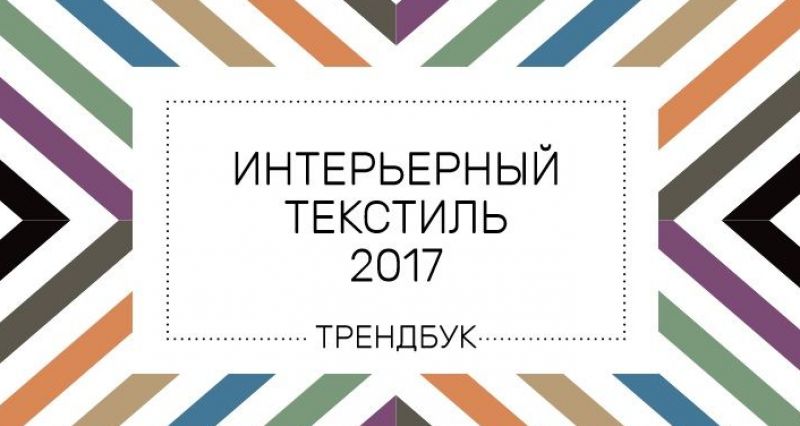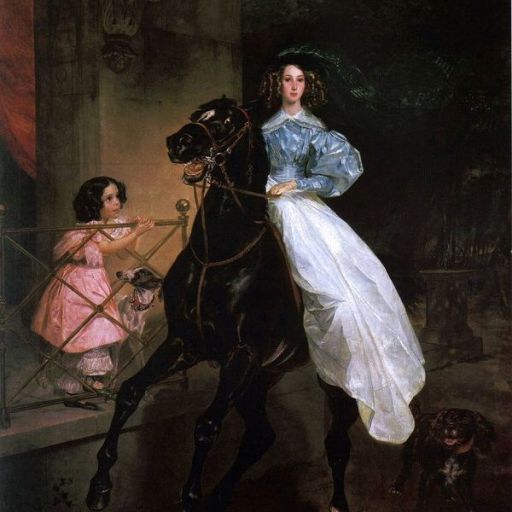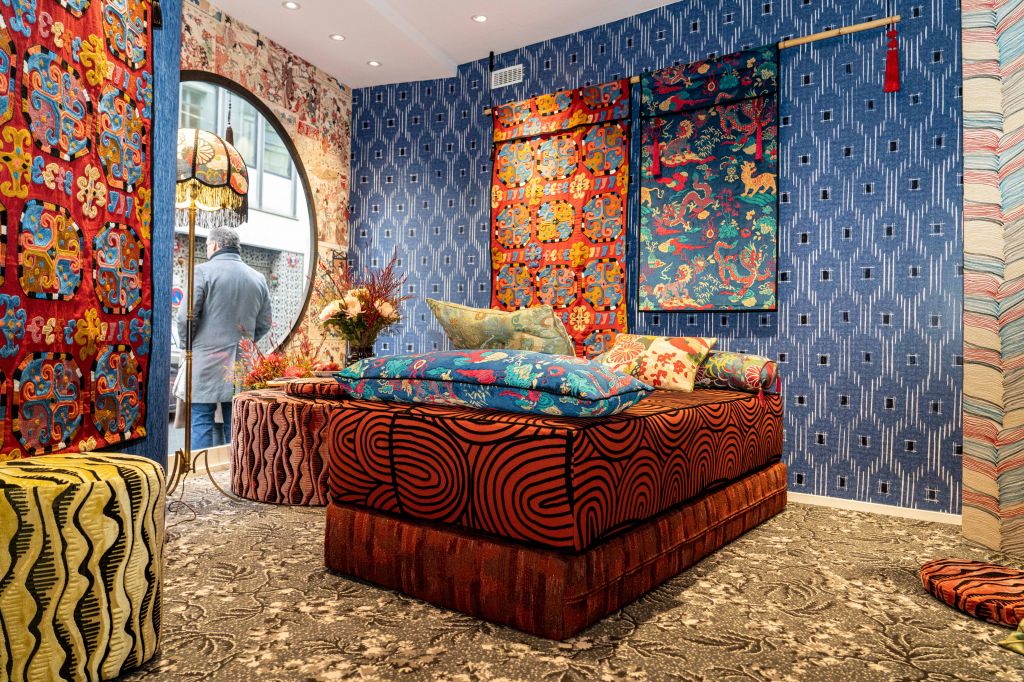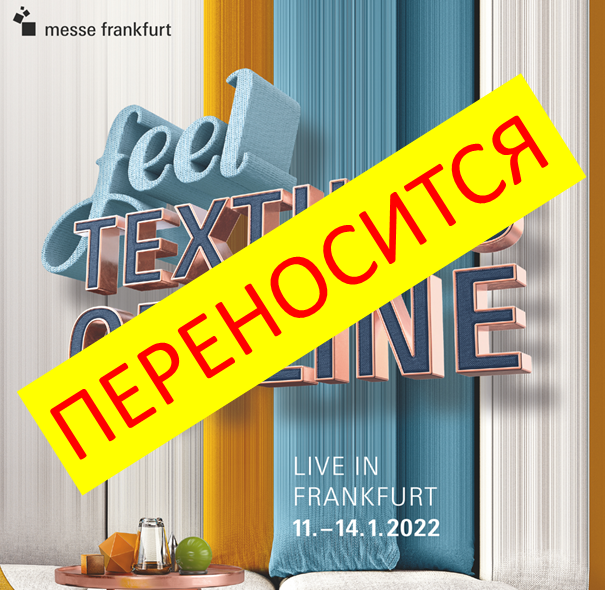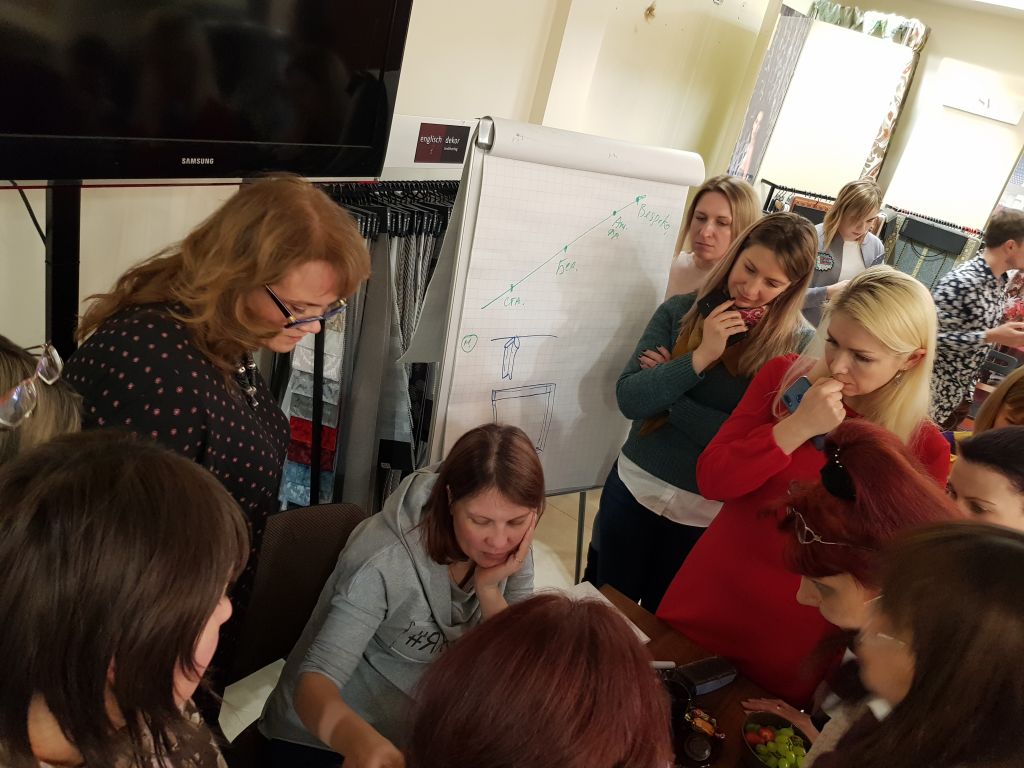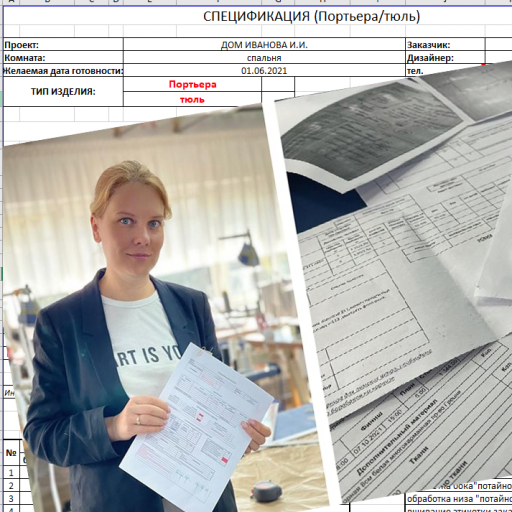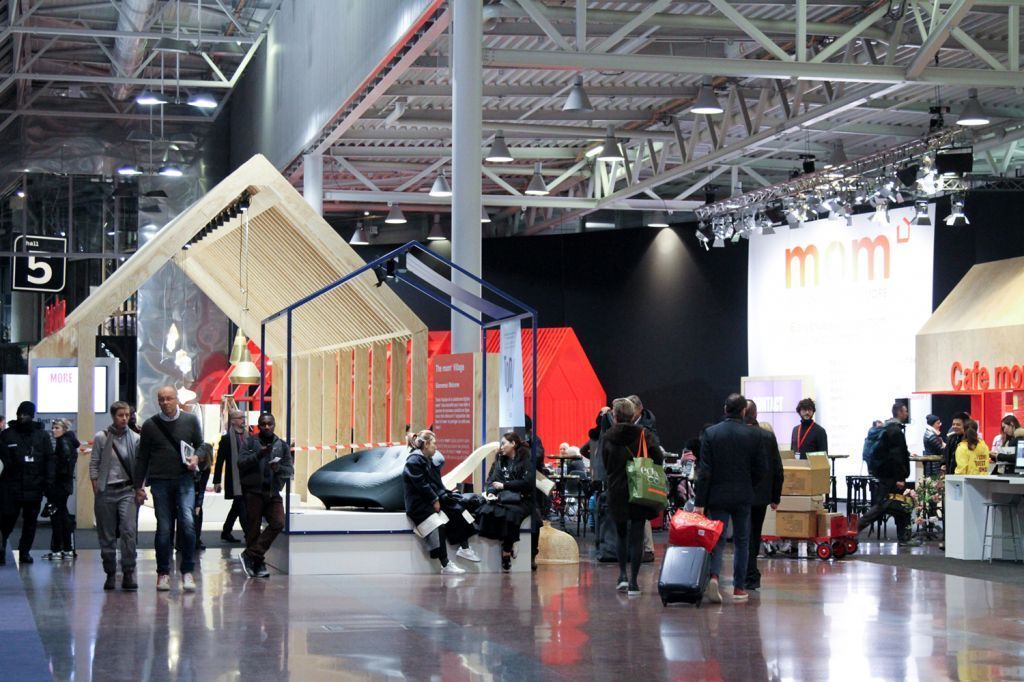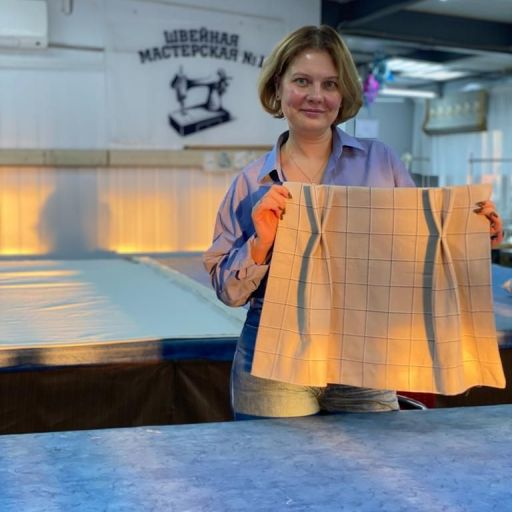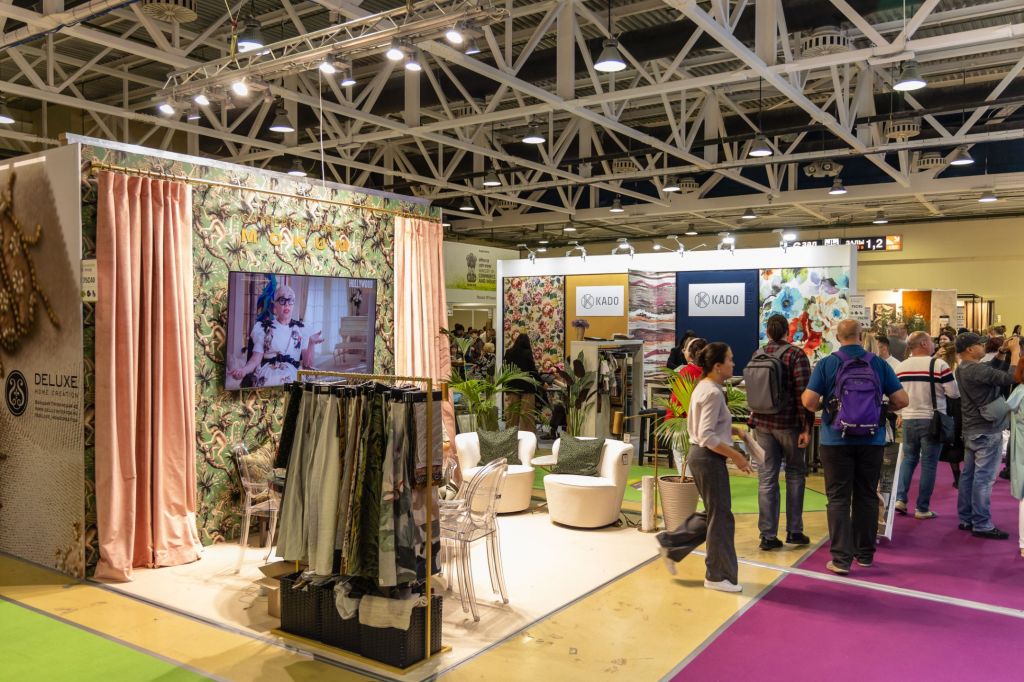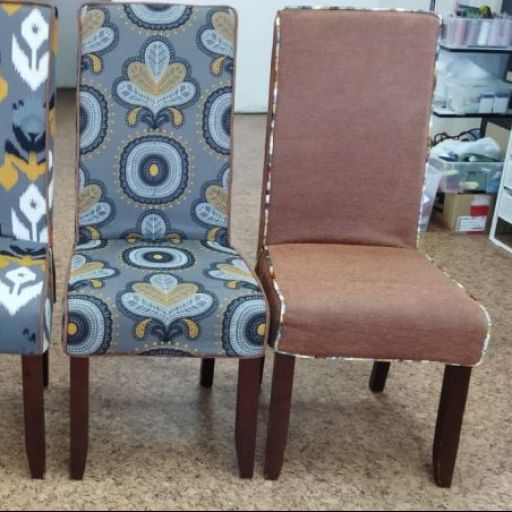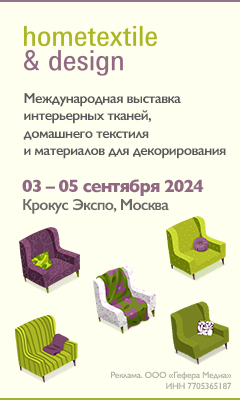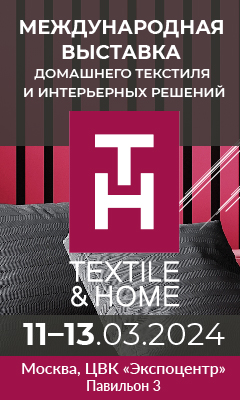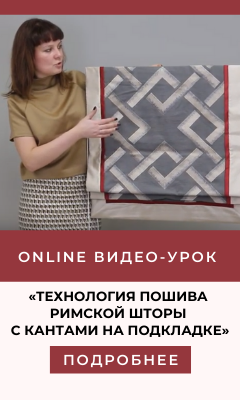CURTAIN SPLENDOR. Pavlovsk, the residence of emperors
We continue to meet with the custodians of fabrics and fell inspired by the talents of the masters.
26.03.2015, Стиль и цвет
Our acquaintance with the fabrics custodians of St. Petersburg continued in Pavlovsk. The fabrics custodian Natalia uncovered the history, the spirit and the legends of this palace. We immediately noticed the extremely large difference with the pompous interiors of the Hermitage. We got to the comfortable, lived-in house with warm and considered interior. The palace still keeps the spirit of its owners.
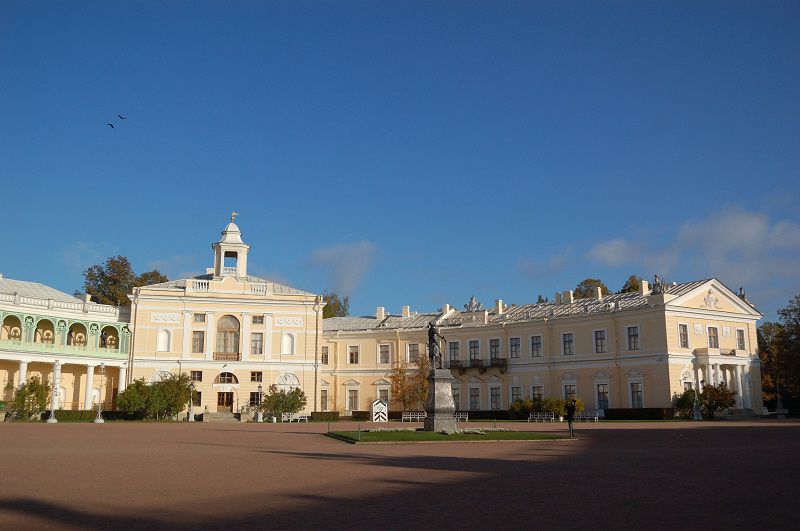
Pavlovsk and its fabrics keeper
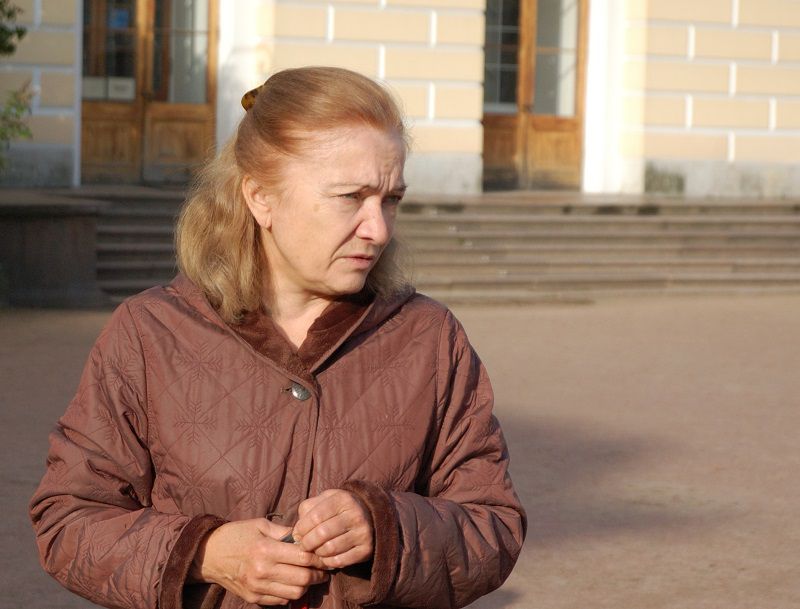
The Ekaterina II and Peter’s III son, Pavel I, was the owner of the Pavlovk Palace. He received this palace as a gift from his empress-mother in 1777 on the birth of his first son Alexander. Pavel I spent a lot of time with his wife and 10 children there.
ITALIAN HALL
The Italian hall is the composite center of Pavloskii Palace. Three well-known architects H. Cameron, W. Brenna and A. Voronikhin worked on this hall as well as on all other rooms from 1786 to 1804. The real masterpiece, magnificent chandelier with ostrich crystal feathers and ancient statues decorated the hall. Curtains are made of blue silk and symbolize heaven.
ITALIAN HALL
The Italian hall is the composite center of Pavloskii Palace. Three well-known architects H. Cameron, W. Brenna and A. Voronikhin worked on this hall as well as on all other rooms from 1786 to 1804. The real masterpiece, magnificent chandelier with ostrich crystal feathers and ancient statues decorated the hall. Curtains are made of blue silk and symbolize heaven.
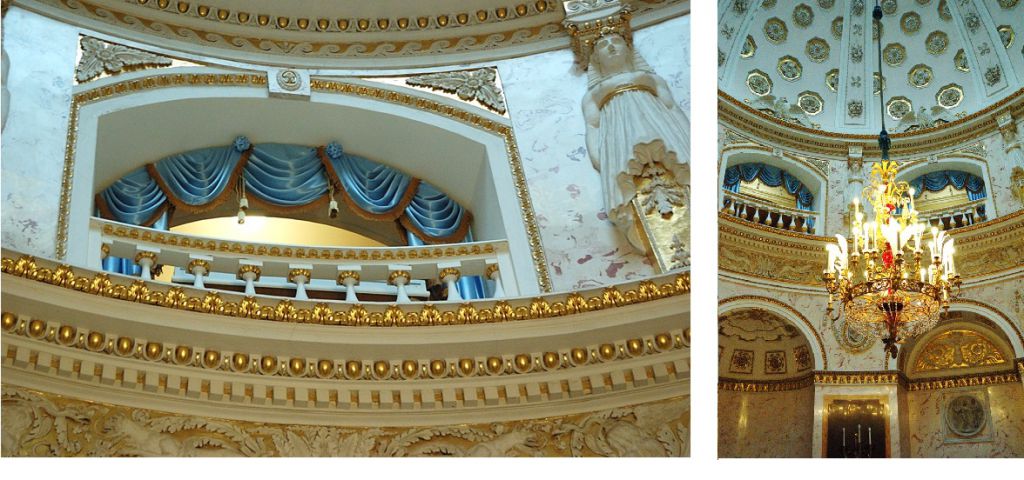
PAVEL'S LIBRARY AND OFFICE
The portieres were made of turquoise satin and silver spoilage. Initially, there was the Leonskay manufactory fabric, later Alexander restored the fabric at the Sapozhnikova manufactory in St. Petersburg, and so we saw the authentic fabric and ornament of the 19th century. In addition, the six fleecy carpets decorated the walls. It was a gift from Louis XVI.
The portieres were made of turquoise satin and silver spoilage. Initially, there was the Leonskay manufactory fabric, later Alexander restored the fabric at the Sapozhnikova manufactory in St. Petersburg, and so we saw the authentic fabric and ornament of the 19th century. In addition, the six fleecy carpets decorated the walls. It was a gift from Louis XVI.
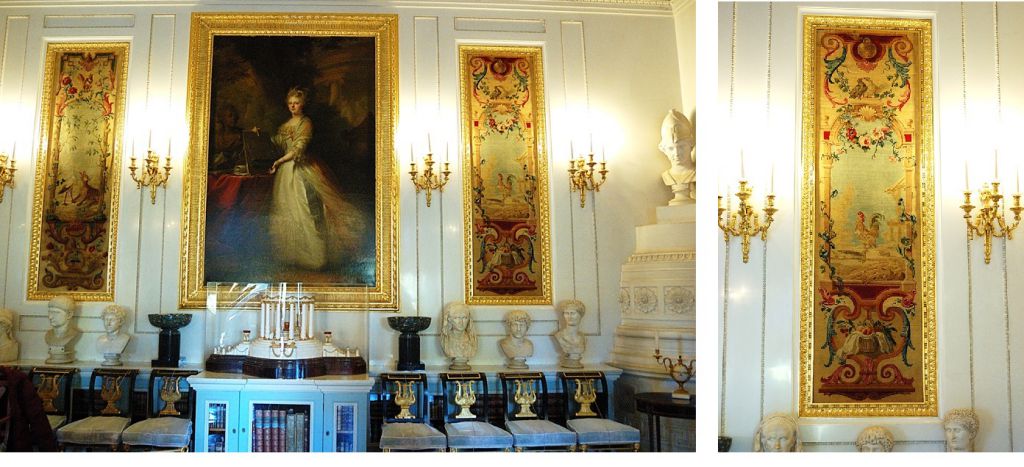
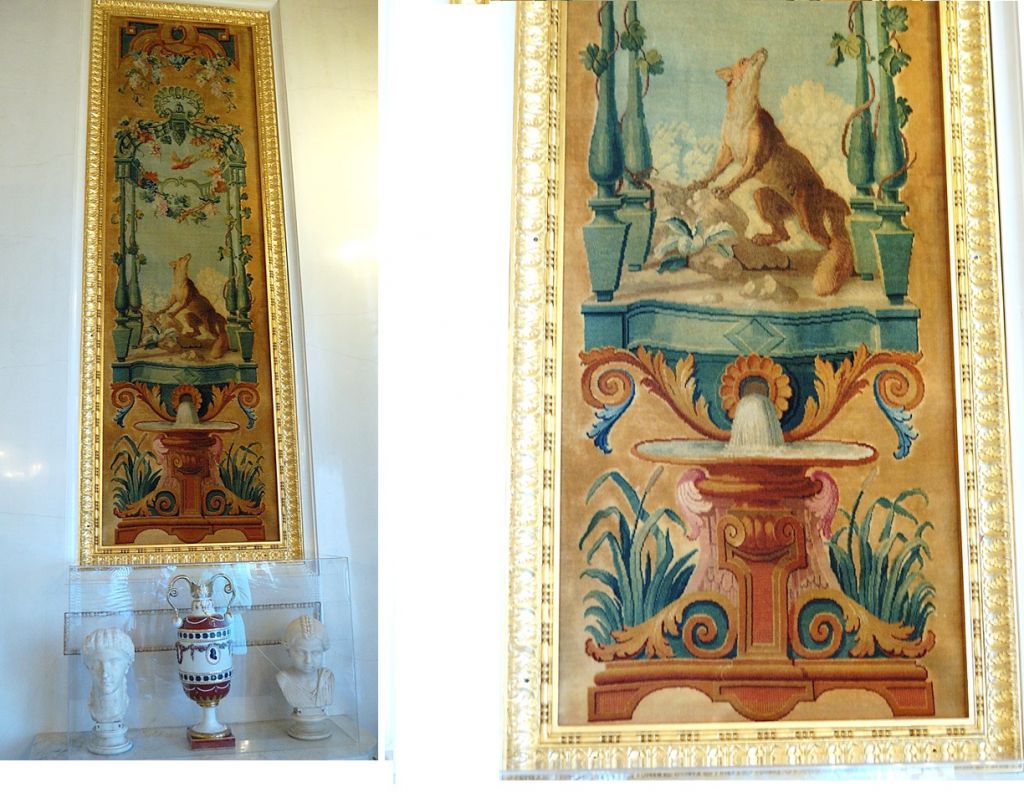
Pavel I with his wife Maria Fyodorovna made a journey across Europe under the name of earl Severny in 1781-1782. Spouses bought and ordered pictures and statues, porcelain and bronze, fabrics and furniture from the best masters and on the well-known manufactories. The European monarchs presented the successor to the Russian throne with the generous gifts during the Grand tour. These first-class works of art, arriving in Pavlovsk during the 1783-1784 years, prompted the nature of decorative interior solutions to the architects during the construction. It was anexceptional case in the world architecture of that time.
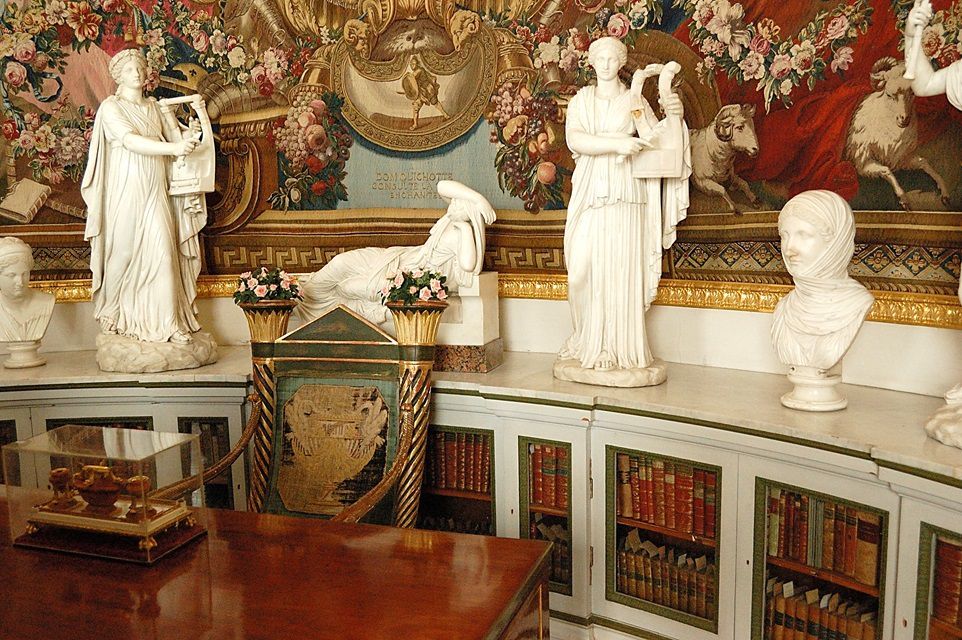
FAMOUS CARPET OFFICE
This room was specially created for the French carpets, presented by Louis XVI to Pavel and Maria Fyodorovna in 1782. All three walls are adorned with magnificent French tapestries on cartoons by Francois Boucher. The big carpet "Love of gods" is made in Brussels. Initially, the portieres were canary-yellow lemon color with bouquets of a lilac and walls were covered with the canary-yellow silks with a lilac border. Now the fabrics custodian Natalia Mikhailovna collects the materials and restores the original appearance of the carpet office.
This room was specially created for the French carpets, presented by Louis XVI to Pavel and Maria Fyodorovna in 1782. All three walls are adorned with magnificent French tapestries on cartoons by Francois Boucher. The big carpet "Love of gods" is made in Brussels. Initially, the portieres were canary-yellow lemon color with bouquets of a lilac and walls were covered with the canary-yellow silks with a lilac border. Now the fabrics custodian Natalia Mikhailovna collects the materials and restores the original appearance of the carpet office.
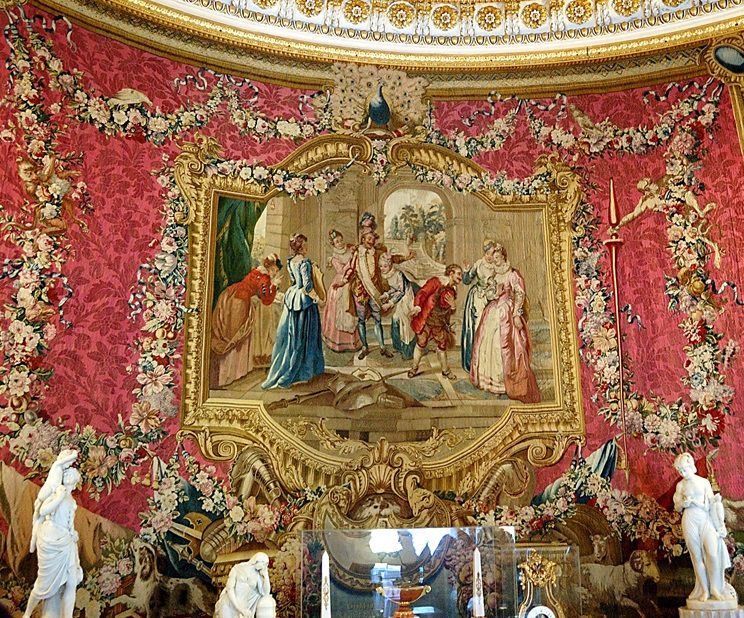
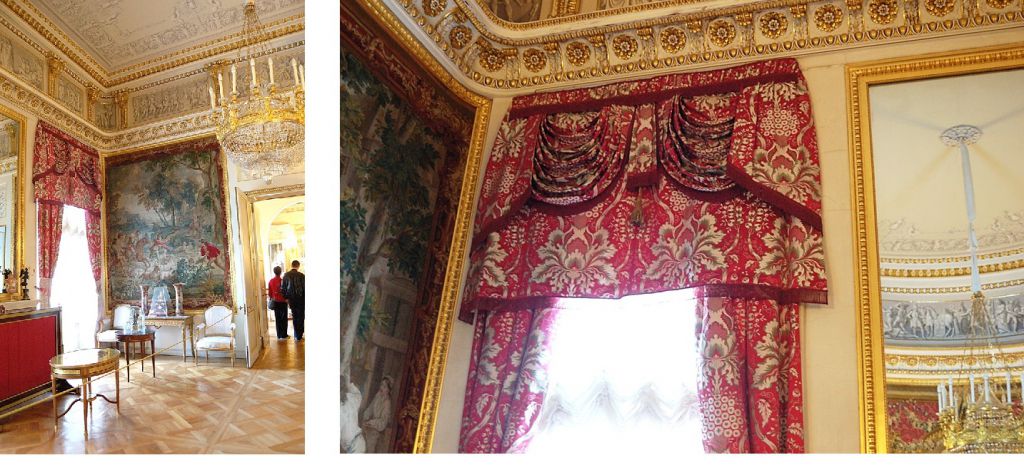
WAR HALL
Here we were able to see the original chain-stitch embroidery of the time of Louis XVI, which was restored and moved to the new upholstery.
Here we were able to see the original chain-stitch embroidery of the time of Louis XVI, which was restored and moved to the new upholstery.

Here is another example of the embroidery from the other hall.
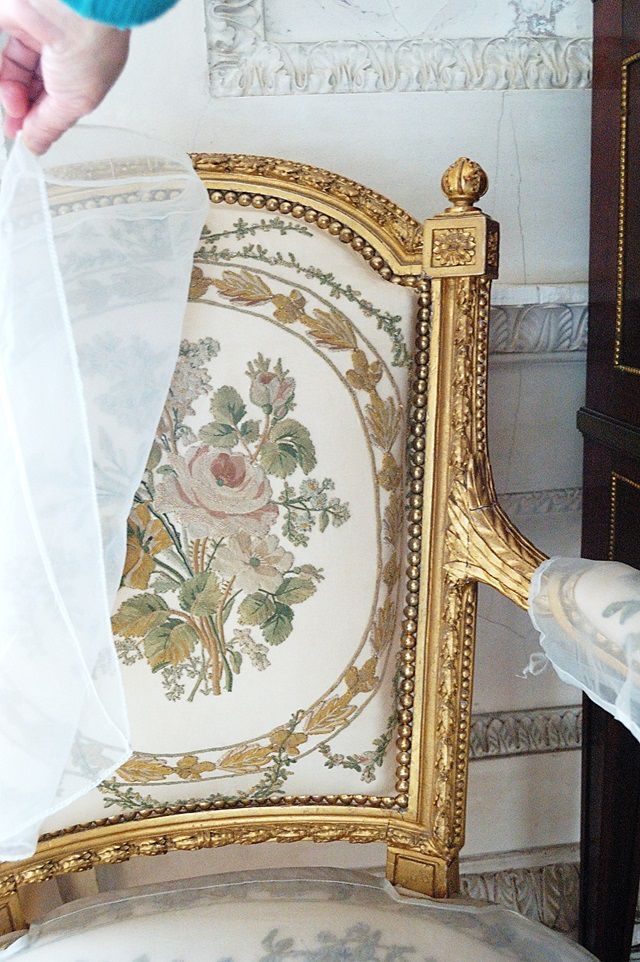
GREEK HALL
In this hall different balls and parades took place. The original tapestry stitch embroidery preserved and was transferred to the modern fabric by the restorers.
In this hall different balls and parades took place. The original tapestry stitch embroidery preserved and was transferred to the modern fabric by the restorers.
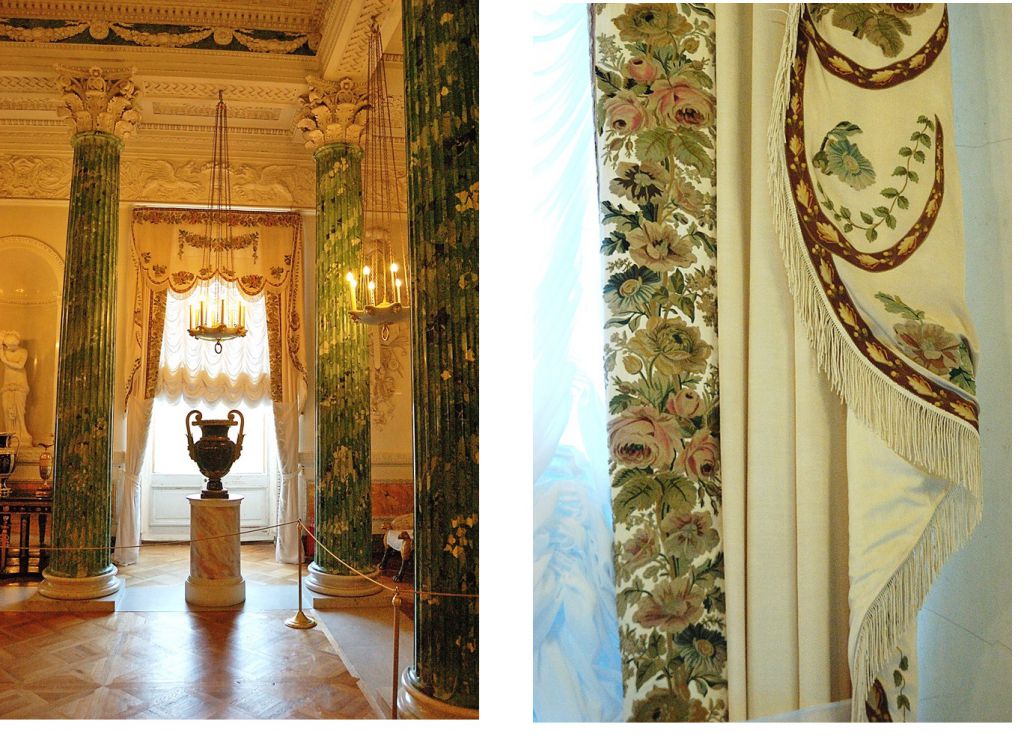
Maria Fyodorovna was an example of the virtue of her time. She collected a large library of books on physics and other sciences; she carved the models of ancient temples in ivory. Also, she was known as a fashionable woman, her wardrobe decorates the costume exhibitions in the Hermitage and Pavlovsk. Maria Fyodorovna aimed to show her enlightenment and contemporaneity, not wealth, in the decoration of the palace. Pavlovsk was her favorite place and creation.
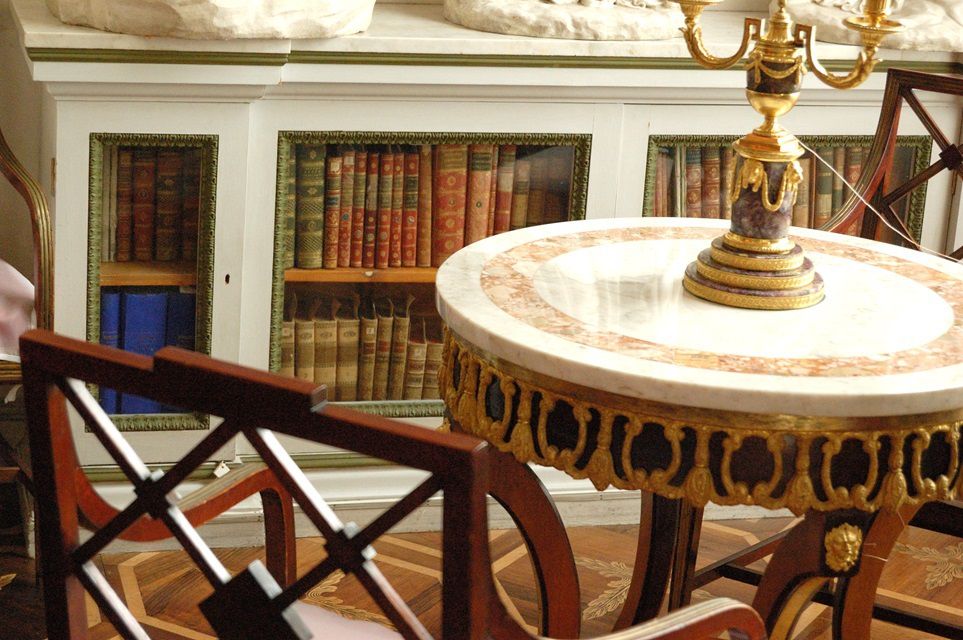
MARIA FEDOROVNA'S BOUDOIR
There are grotesques, painting on the Italian marble, vases of jasper. The authentic border with irises, león fabric and jacquard silk, which is 200 years old, preserved on the curtains.
There are grotesques, painting on the Italian marble, vases of jasper. The authentic border with irises, león fabric and jacquard silk, which is 200 years old, preserved on the curtains.
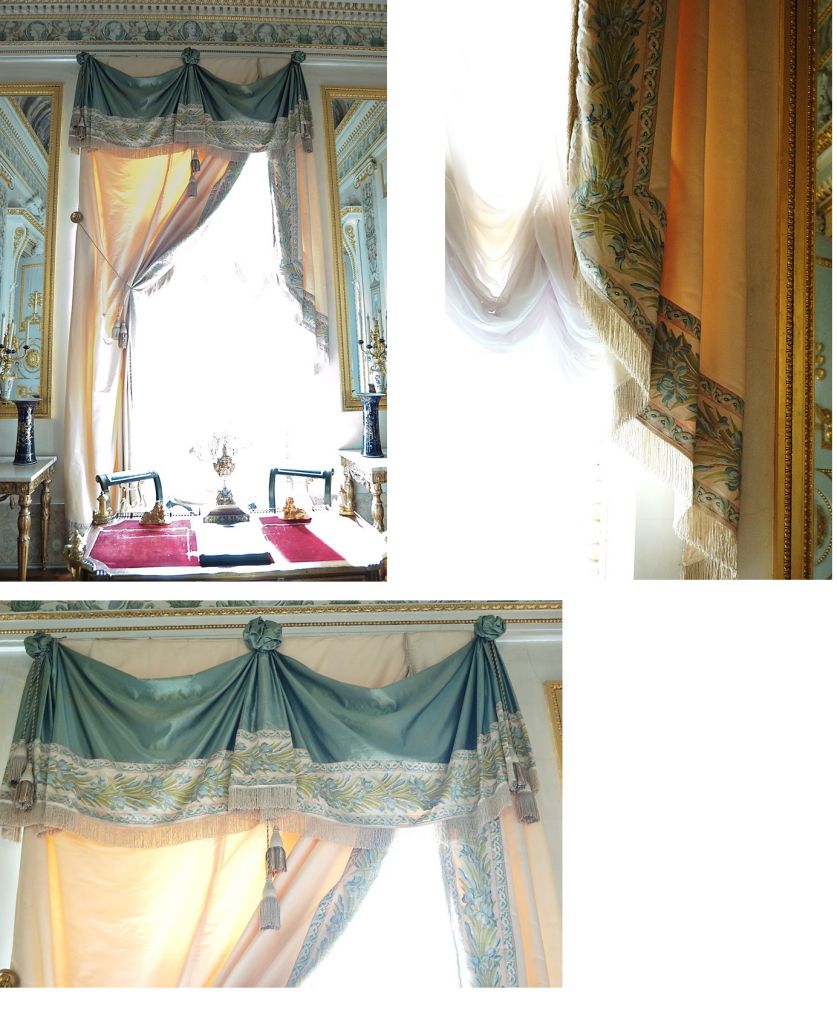
FRONT BEDROOM
The large bed, which was never used, is the adornment of this room. It is only a luxury item for demonstration of the wealth of the Imperial family. The bed was designed by the architect Brenna, silk was hand-painted. It was restored in 1960s by the watercolors and the inventories. The authentic embroidery of the nineteenth century preserved on the furniture.
The large bed, which was never used, is the adornment of this room. It is only a luxury item for demonstration of the wealth of the Imperial family. The bed was designed by the architect Brenna, silk was hand-painted. It was restored in 1960s by the watercolors and the inventories. The authentic embroidery of the nineteenth century preserved on the furniture.
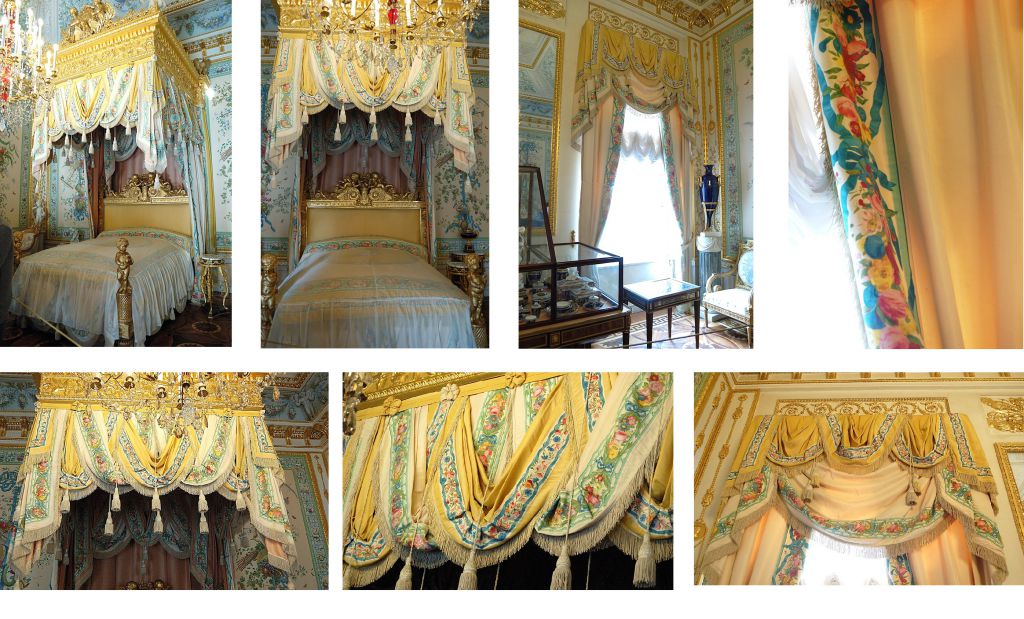
The Italian Vincenzo Brenna, who later became the chief architect of the court, began to work in 1784 and completed the decoration of the rooms of the 1st and 2nd floors. Because of the fire of 1803, many of Palace’s halls were destroyed. However, a Russian architect Andrei Voronikhin gave them back their original beauty and enriched the halls of the new features.
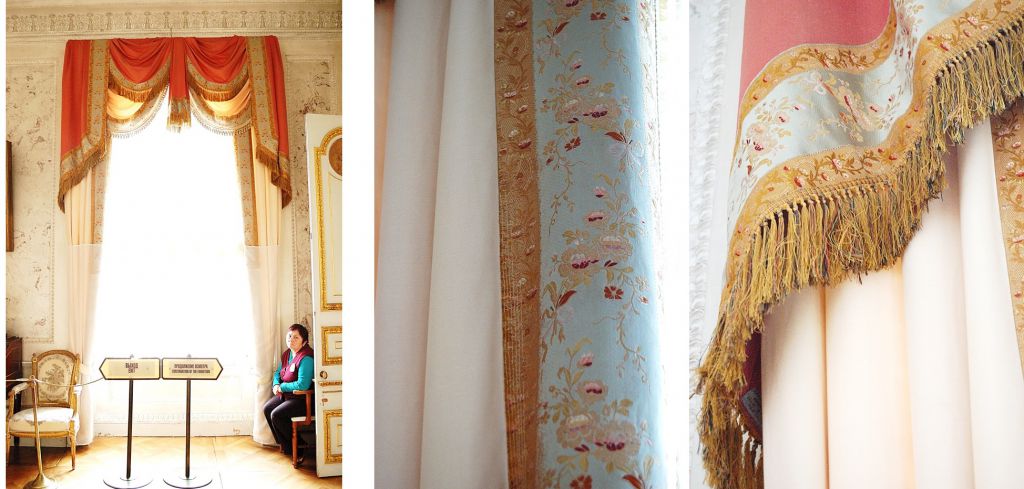
A lot of the interiors of the Palace were reconstructed original appearance, the design of the windows of the Palace restored in accordance with the watercolors and the inventories. We were able to see the original fabrics and embroidery of the time of Louis XVI.
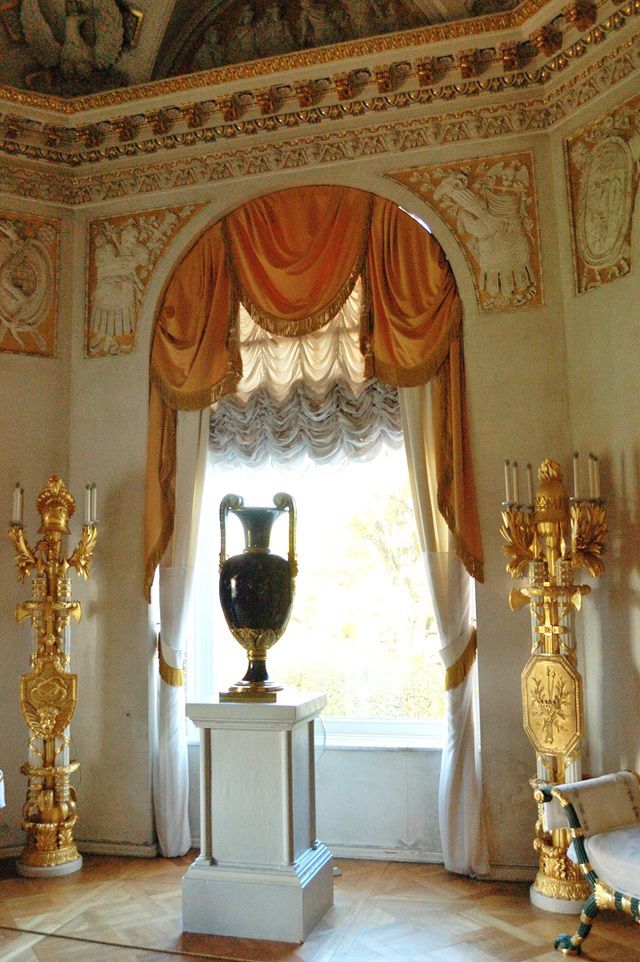
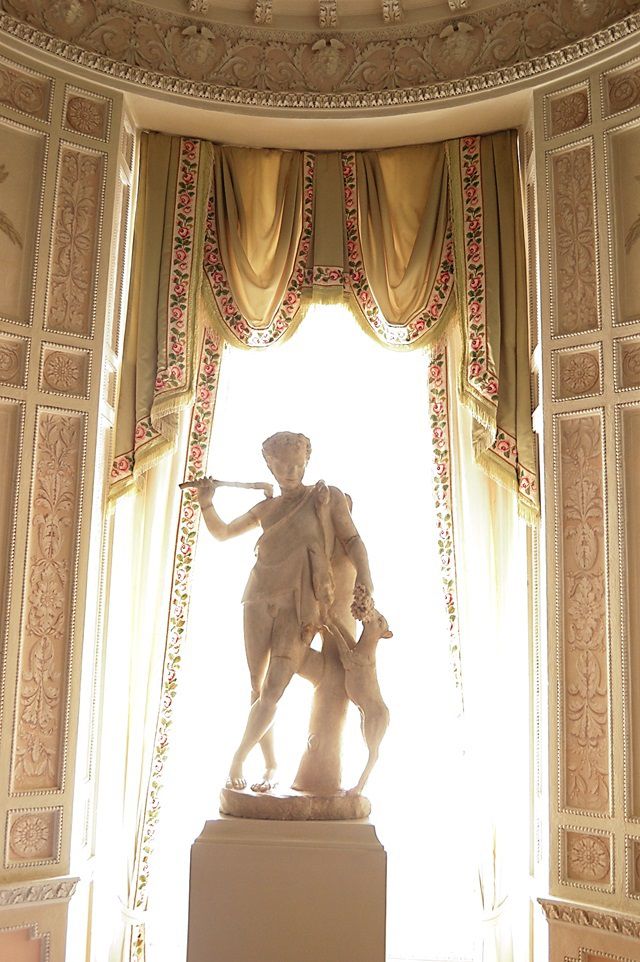
KAMERDINERSKAYA
The lining cloth of the XIX century was used as the main fabric in the portieres here. The ladies of the court embroidered borders, which were used then by architects in the decoration. Therefore, women recompensed the cost of the state for their education and maintenance.
The lining cloth of the XIX century was used as the main fabric in the portieres here. The ladies of the court embroidered borders, which were used then by architects in the decoration. Therefore, women recompensed the cost of the state for their education and maintenance.
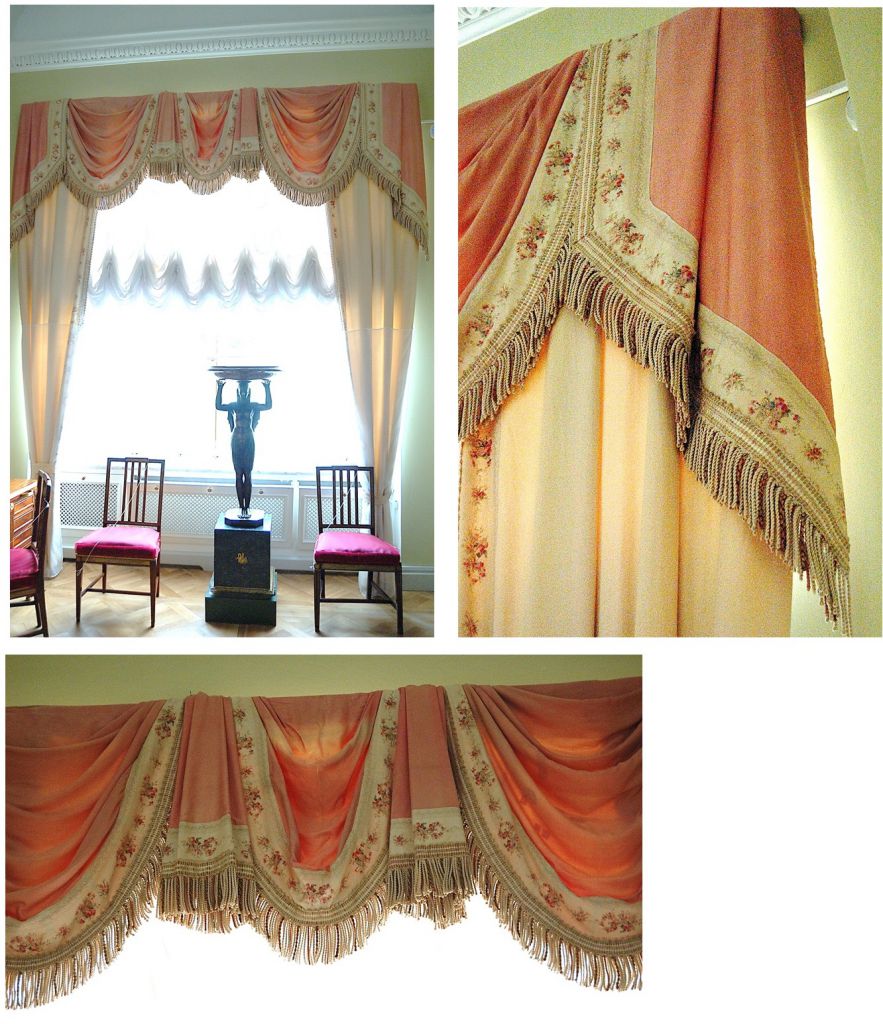
In the Hermitage we learned how the details of decoration of the window in old inventories called, and it was especially curious. So the window valances were named draperies and the side of the cascades was jamb. The window valances were cut in a straight line, because the fabric was very narrow and very expensive. As a result, the folds laid down imperfectly, and the bottom edge has always formed by a border or a fringe; the weights were also used. Connection of details often joined with rosettes from the fabric and had the name cochni in honour of the cabbage head.
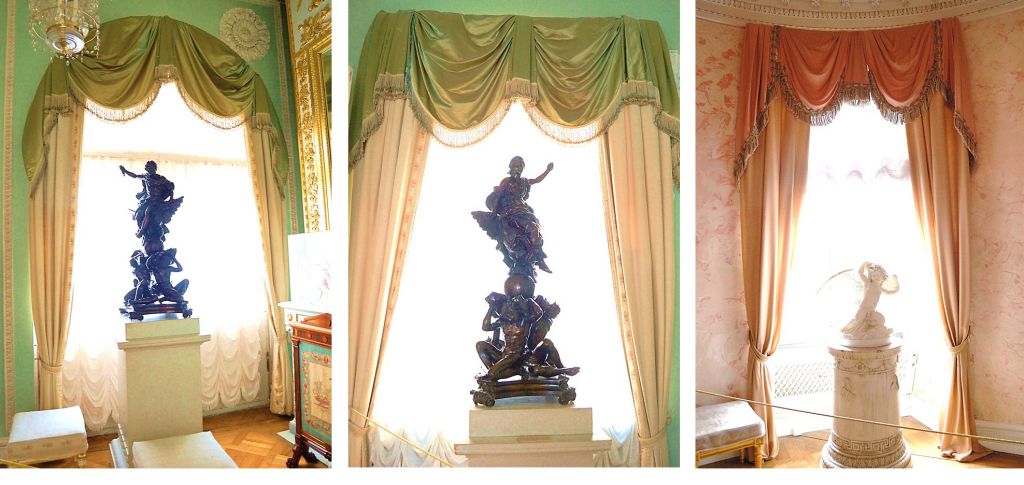
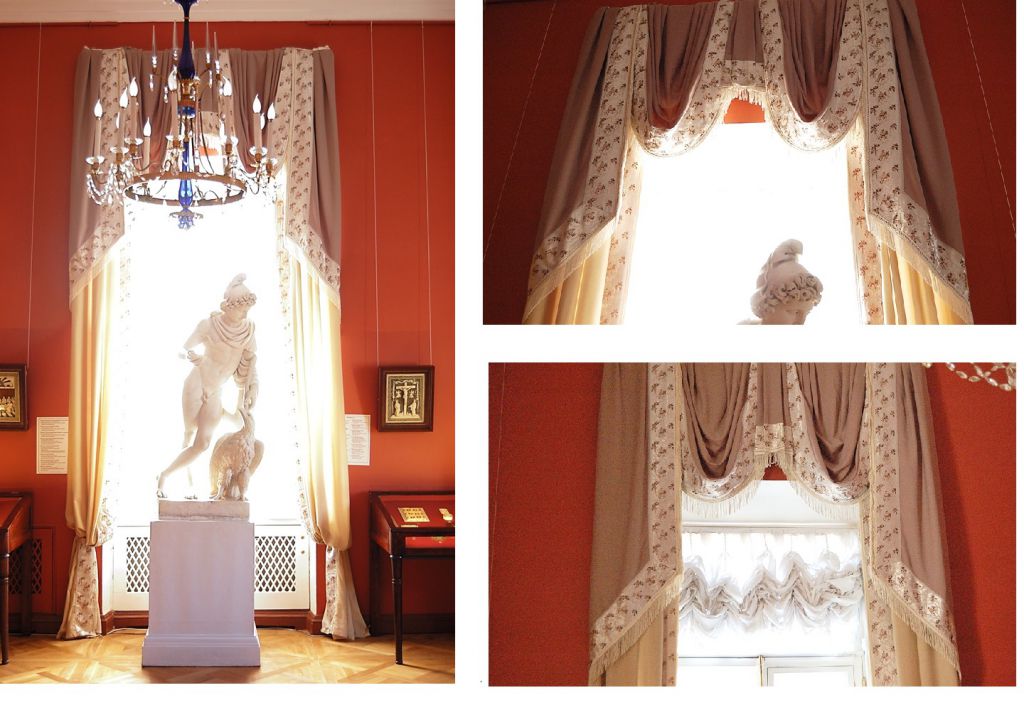
Models of curtains were often traditional, according to the general rules and decorated mainly by the fabric, passementerie and borders with the embroidery. But all the compositions are wonderfully balanced by the color combinations and proportions. Natalia Mikhailovna has specified to us common features of the window design of that time. The draperie were made of heavy fabric and had more intense color. The trim with the borders and the embroidery supported all the forms. The bottom of curtains was lighter and was made of the light fabric. The passementerie (agramant, brushes, cords and fringes) was actively used for the connection of the various elements of the composition. In addition, the lifting curtains were always on the composition. According to the model, they were close to the Austrian and mostly correct green color.
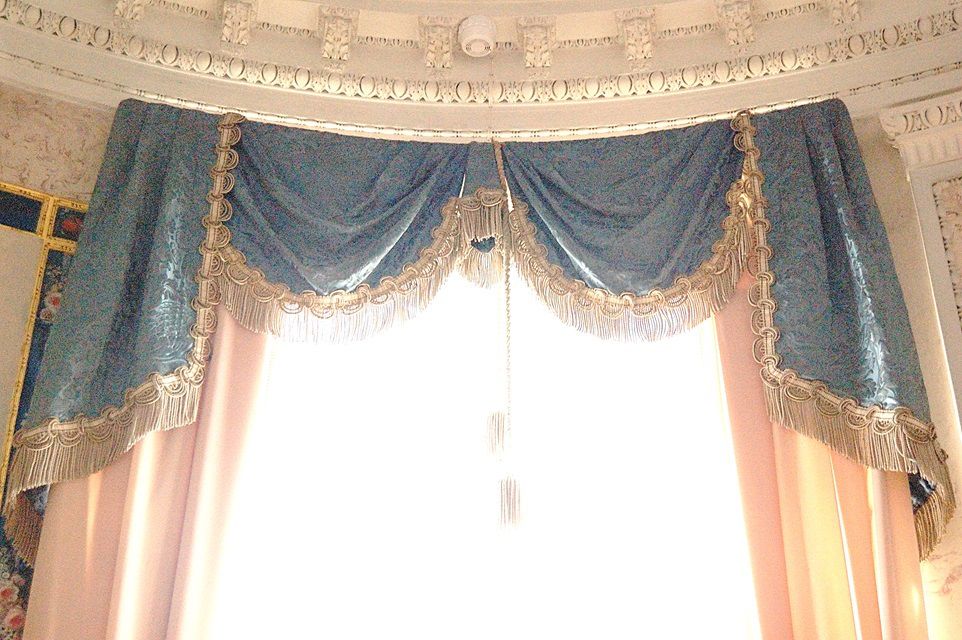
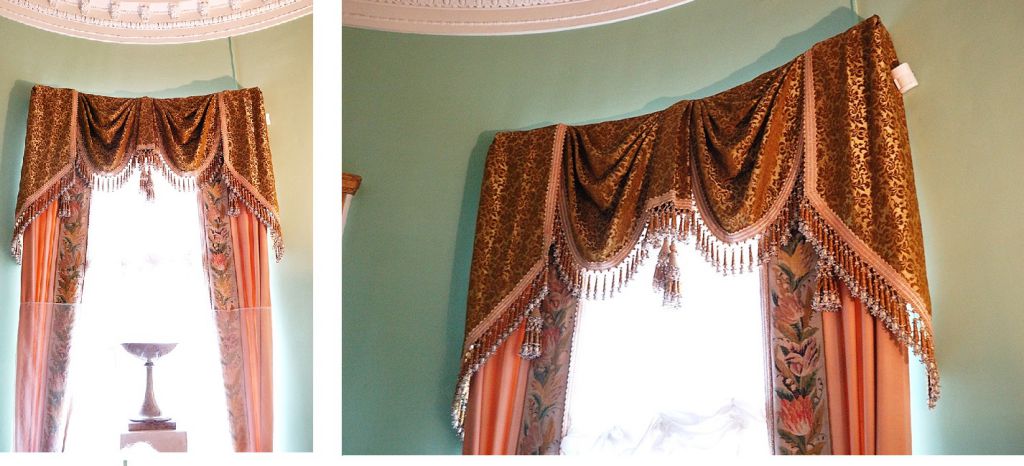
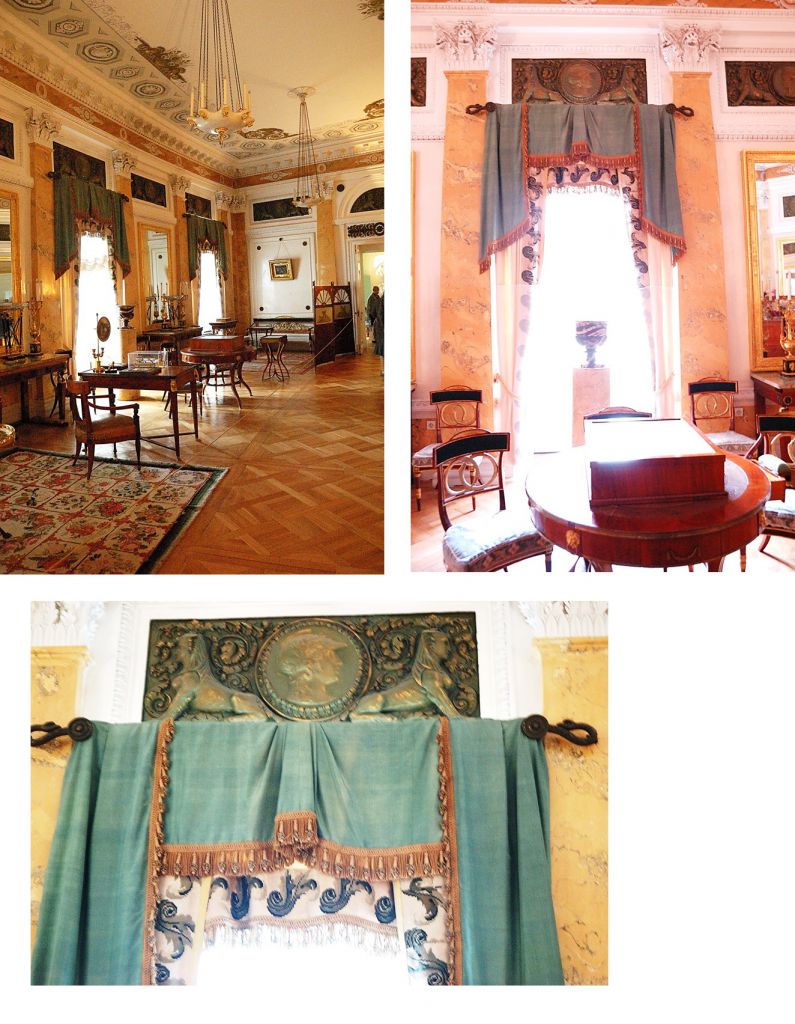
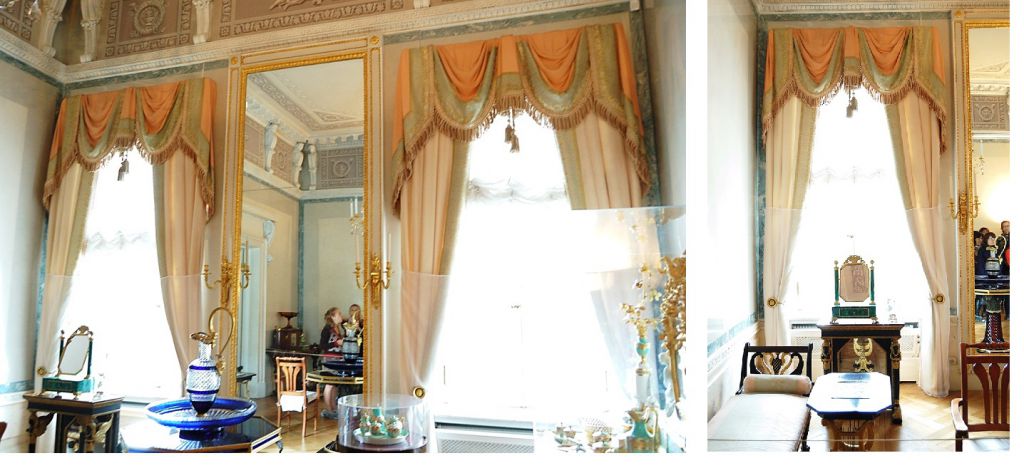
The Imperial family believed that the order in our head begins from the order around us, so special attention was paid to the harmony in the interior design.
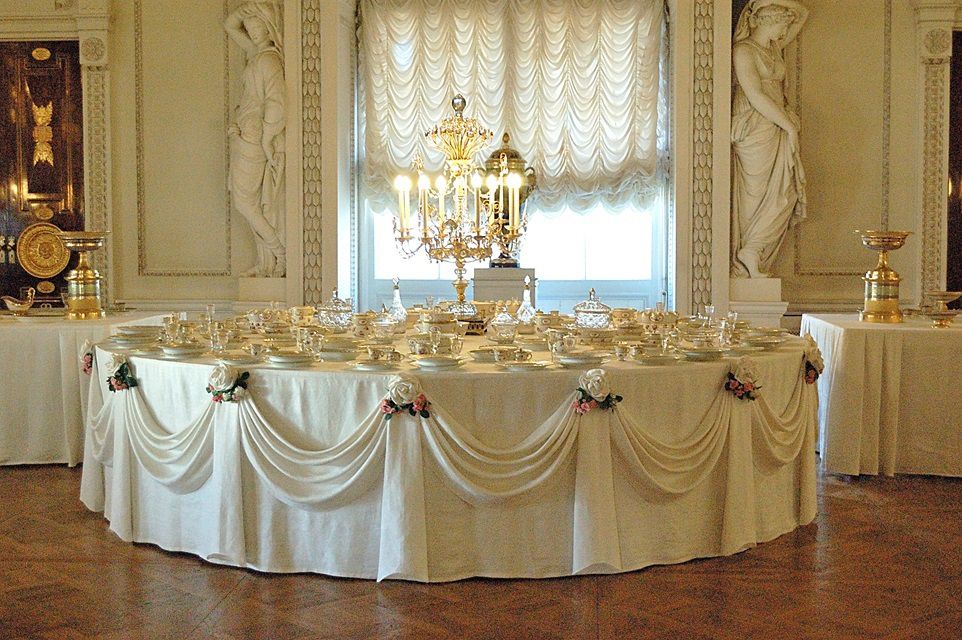
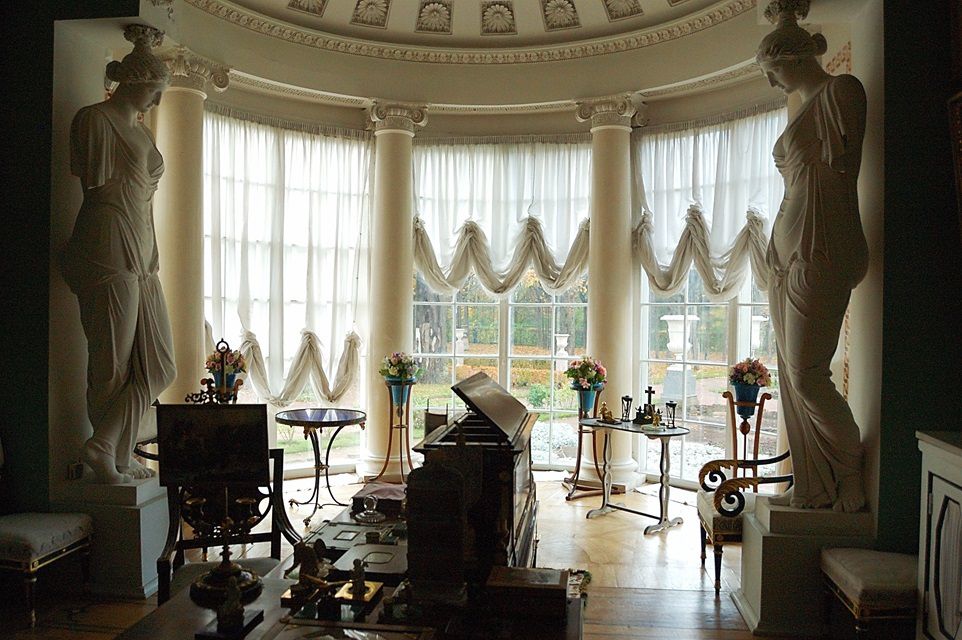
Thanks to Natalia Mikhailovna for such a detailed and interesting tour and to Home CARO for organizing the trip.
Read more
CUSTODIAN OF FABRICS. PART I. Kings of fabrics: tapisserie and tapestry of the Hermitage williz.ru/info/230/
WHITE AND RED. Unexpectedly beautiful and natural combination of curtains and walls williz.ru/info/224/
WHITE AND RED. Unexpectedly beautiful and natural combination of curtains and walls williz.ru/info/224/
Читайте также
Получайте полезные рассылки от WilliZ
Подписываясь на рассылку, вы подтверждаете согласие с «Соглашением на обработку персональных данных».
Вам также может быть интересно
Получайте полезные рассылки от WilliZ
Подписываясь на рассылку, вы подтверждаете согласие с «Соглашением на обработку персональных данных».

 Русский
Русский
 English
English 
